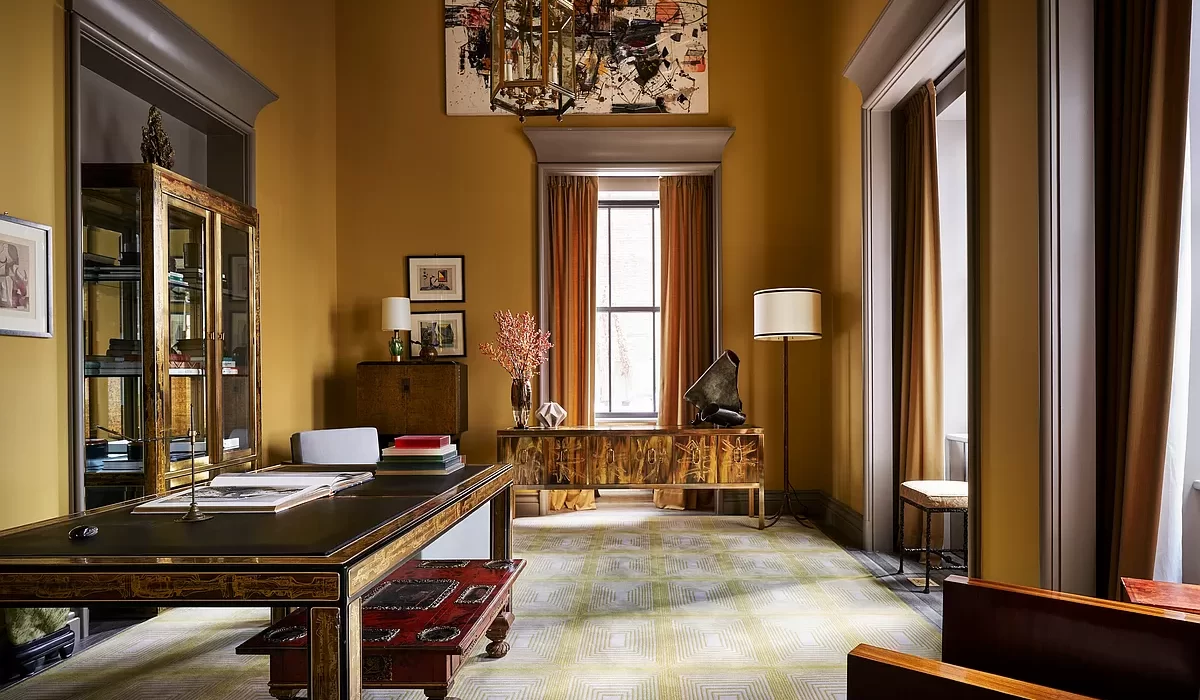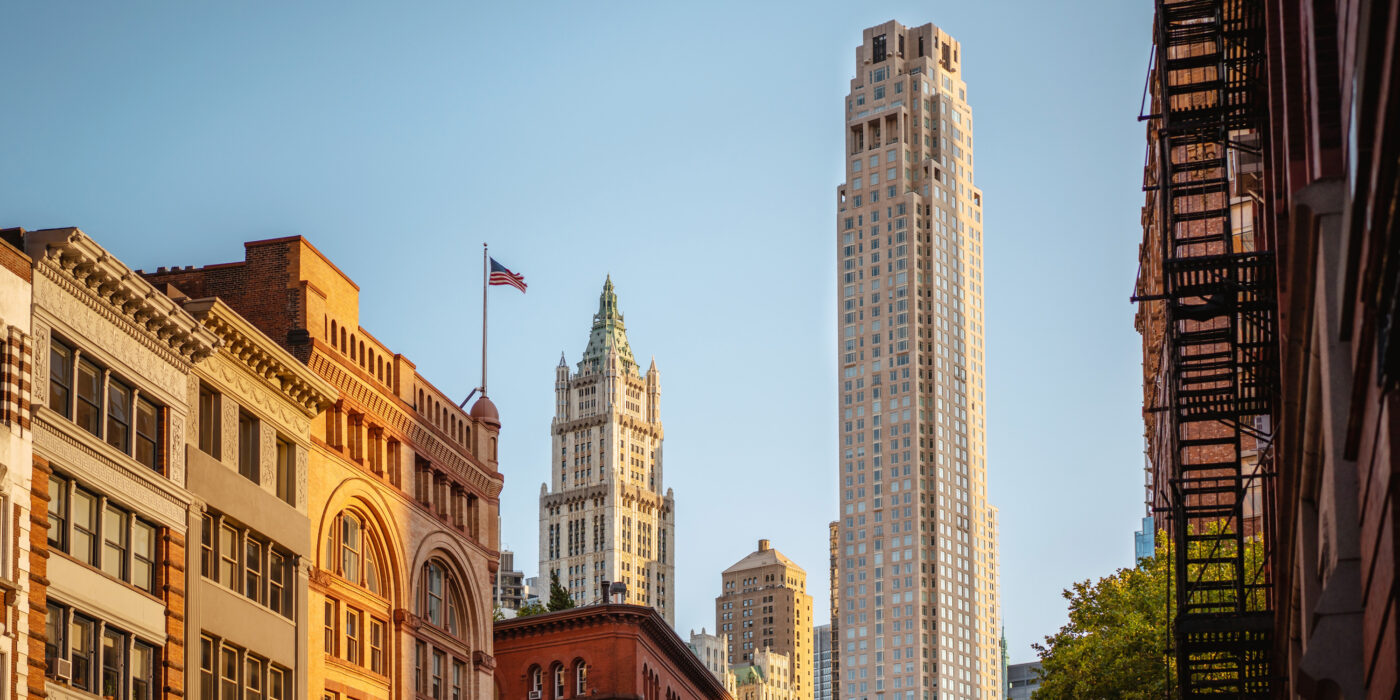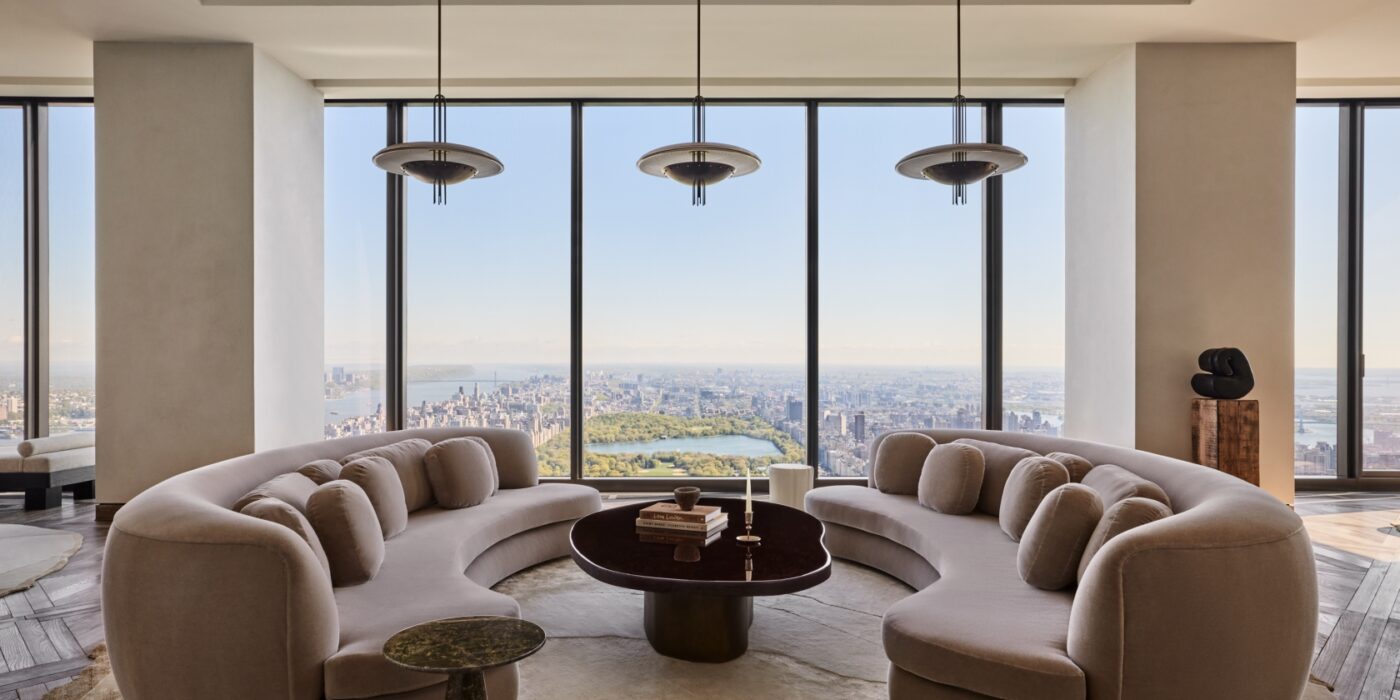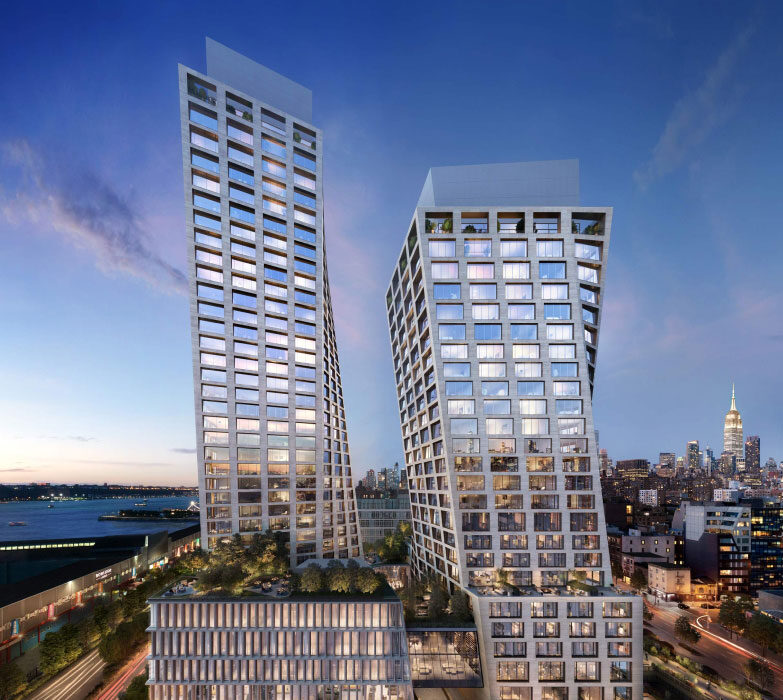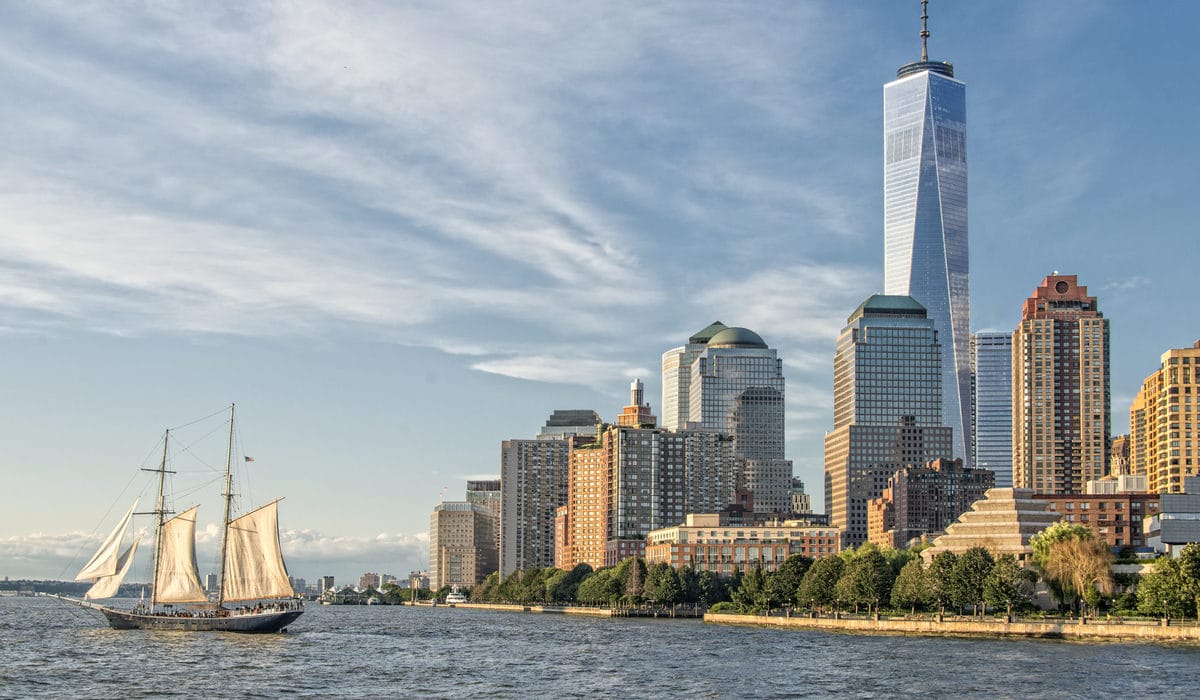Royal Acquisition: King Charles III Expands Commonwealth Real Estate Portfolio with Manhattan Luxury Condo
In a move that blends royal prestige with prime New York real estate, King Charles III has reportedly acquired a luxurious condominium in one of Manhattan’s most coveted addresses. According to recent filings with city finance records, a unit in the landmark Steinway Hall portion of 111 W. 57th St. on Billionaires’ Row has been purchased for $6.63 million, with the buyer listed as “His Majesty the King in Right of Canada, Represented by the Minister of Foreign Affairs.”
The acquisition, first reported by The Real Deal and Crain’s, marks the final sale in the historic building and adds a touch of royal flair to the already star-studded Billionaires’ Row. The property, unit 11A, boasts three bedrooms, 4.5 bathrooms, and spans an impressive 3,601 square feet.
While the exact purpose of the property remains unclear, with the deed mentioning Canada in what appears to be a purchase for the Commonwealth nation, the acquisition underscores the continued appeal of New York’s luxury real estate market to high-net-worth individuals and sovereign entities alike.
The unit’s features align with the expectations of ultra-luxury real estate:
- An elegant foyer with stone floors
- Spacious living and dining areas
- A gourmet kitchen outfitted with Cristallo Gold quartzite countertops and Gaggenau appliances
- A primary bedroom with an expansive walk-in closet and a marble-clad bathroom featuring a copper soaking tub
- Two additional en-suite bedrooms
- A study with its own bathroom
Residents of 111 W. 57th St. enjoy world-class amenities, including:
- An 82-foot swimming pool with private cabanas
- Sauna and treatment rooms
- A state-of-the-art fitness center
- Private dining facilities with a chef’s kitchen
- A residents’ lounge with a terrace
This royal investment comes as the ultra-luxury real estate market continues to demonstrate resilience, even in the face of economic uncertainties. The property’s location on Billionaires’ Row, known for its concentration of super-tall, super-luxurious residential towers, further cements its status as a blue-chip asset.
As of publication, Buckingham Palace has not responded to requests for comment on the acquisition or its intended use. The involvement of Robert McCubbing, senior trade commissioner and director of trade and investment at the Canadian consulate in New York, who signed the deed on behalf of King Charles, adds an intriguing diplomatic dimension to the transaction.
This high-profile purchase not only highlights the enduring allure of Manhattan’s luxury real estate but also raises interesting questions about the strategic expansion of royal and Commonwealth property holdings in key global financial centers.
Source: The New York Post
Photo via Optimist Consulting
